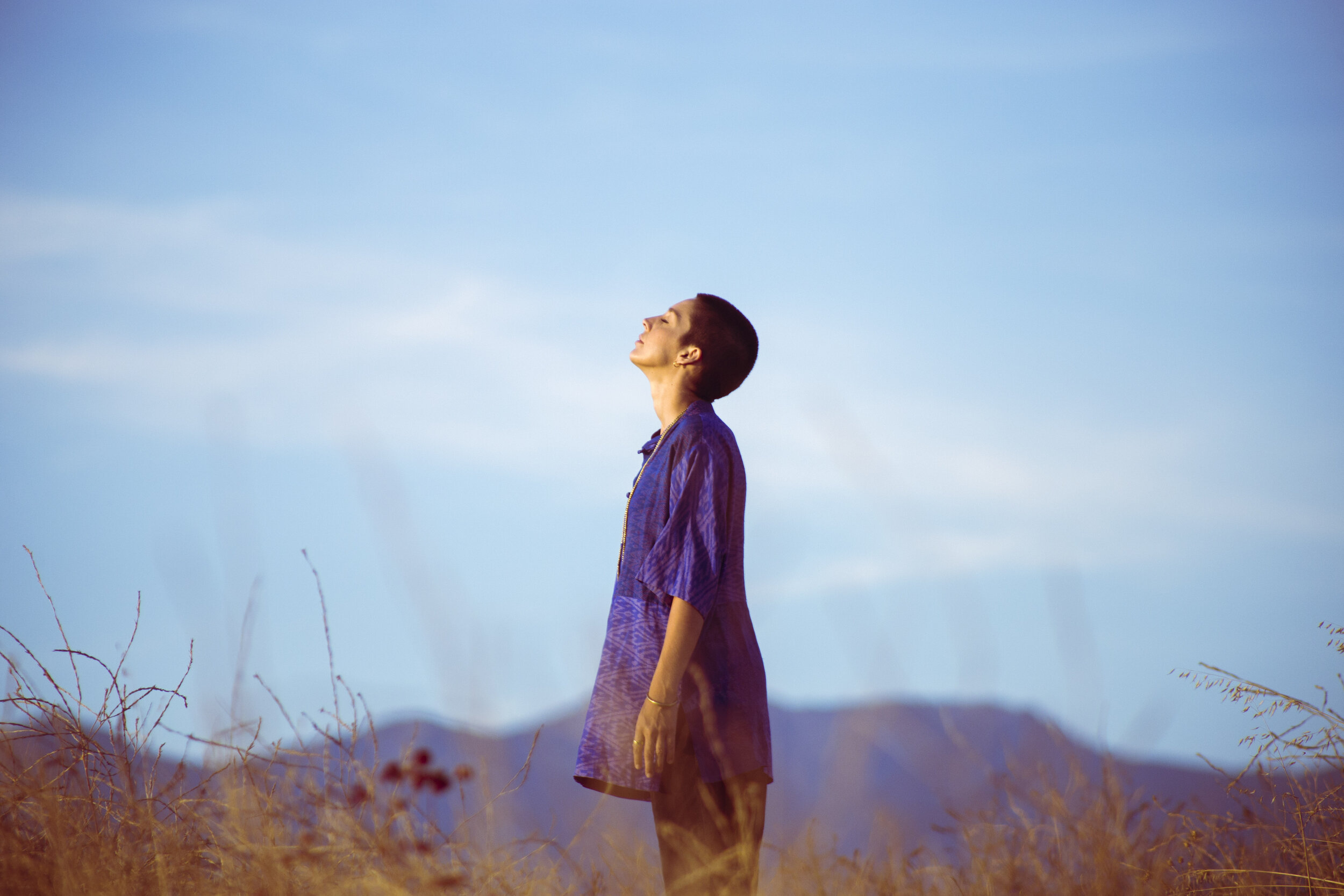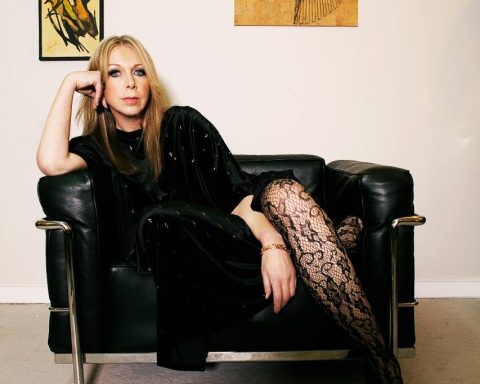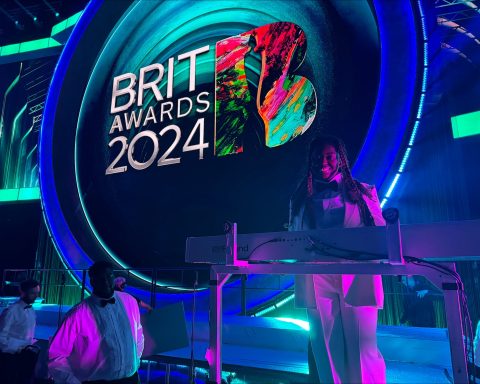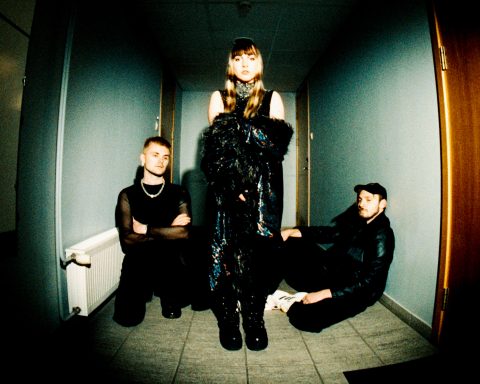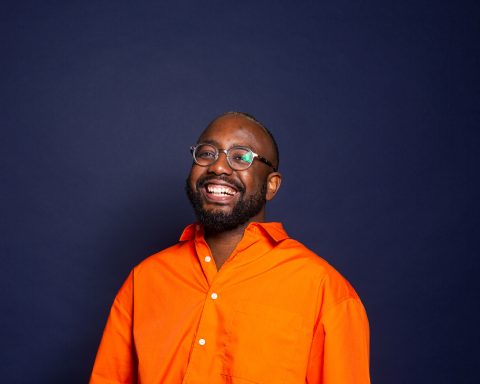Celebrated from NPR to DownBeat, Hailey Niswanger is a woodwinds force of nature. Proficient on alto, tenor, and soprano sax, flute, and clarinet, her Berklee-honed chops led to gigs with Demi Lovato and Sleigh Bells. Recently, Niswanger’s flute playing appeared on Beyoncé’s triumphant “Black Parade.”
Her contribution to one of 2020’s essential recordings began with a phone call. “My friend, Crystal Torres, has played trumpet with Beyoncé for over a decade. She called me at 10:30 PM and asked if I could come to the studio.” Throwing on her pajamas, Niswanger made her way to the studio where Derek Dixie was building a track for Queen Bey. The players weren’t sure what would even happen with the recording. Explains Niswanger, “Derek had me freestyle over the beat. Then he selected sections from what I played as hooks.”

Suprise Release
Throughout “Black Parade,” Niswanger’s fluttering lines dance around Beyoncé’s powerful performance. Her flute even gets the proverbial last word, closing the track with a breathy flourish.
The release of “Black Parade” came as a surprise to the world—including Niswanger. “I didn’t even know it was coming out until the night before it dropped,” she laughs. While a colossal cultural moment, it stands as one of many highlights for Niswanger. From A-list pop sessions to jazz festival stages, her career is nothing if not eclectic. These opportunities emerge from a combination of discipline and openness.
“I love switching it up,” she says, speaking from her Los Angeles home. “Seize the opportunity that’s in front of me. Because of some wonderful connections that I’ve had, I’ve been able to be in those rooms.”
Berklee and Beyond
Some of those lifelong connections began at Berklee College of Music in Boston. That venerable institution shaped Niswanger as both a player and a person. “After I did the five-week program in high school I had a complete personality shift,” she says. “I went from reserved to more confident in myself. Then, I auditioned for the college and got a full ride before my high school senior year.
Her Berklee college years provided Niswanger with more than a pool of talented peers. “A stream of faith started running through me, where I knew I was on the path of music.”
"A stream of faith started running through me, where I knew I was on the path
of music."
That path took her from Portland, Oregon to Boston, Brooklyn, and Los Angeles. Each locale contributed to her musical development. “At Berklee, I was a Jazz Performance major so that was my focus,” she says. “After moving to Brooklyn, I shifted my genre lens to a wider variety of styles.”
The Musical Matrix
Early on, she toured with Esperanza Spalding, another artist with Portland roots. “Esperanza is an amazing mentor even though she’s only five years older,” raves Niswanger.
Despite New York’s intensity and inspiring atmosphere, some aspects were a challenge. “It felt like a matrix there, and I was repeating myself.” Two years ago, she moved to Los Angeles. “A big part was that stuck cycle in New York and wanting to do original, unique things that brought me joy.” The city has been a great fit for the artist. “It’s a melting pot like New York, but the genres are even more crossed.”
MAE.SUN
Her musical pilgrimage led to MAE.SUN. The combo defies categorization, with a palette ranging from jazz to funk and neo-soul. Their sound reflects the artists’ rich range of influences. These include Duke Ellington, Tinariwen, Ethiopia’s Mulatu Astatke, Khruangbin, and SAULT. Throughout its two releases, MAE.SUN positions itself as a logical successor to these acts.
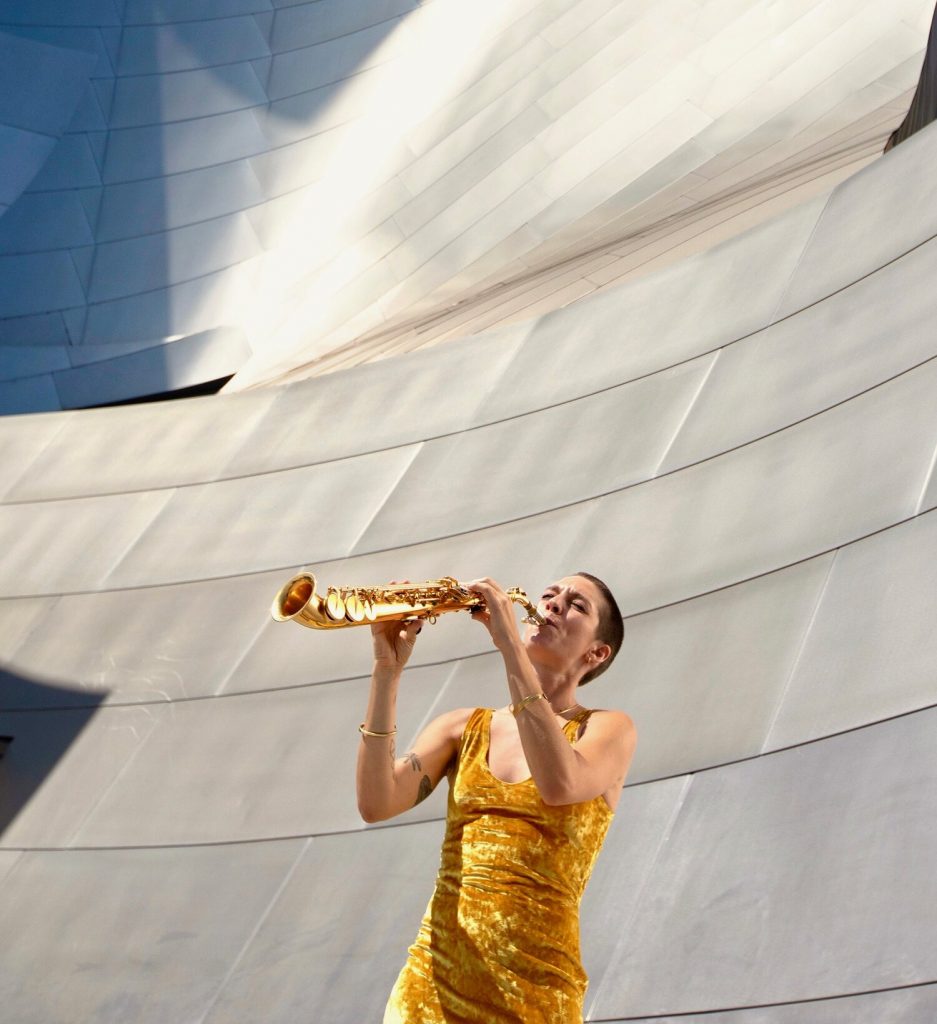
“I love switching it up. Because of wonderful connections I've had, I've been able to be in those rooms.”
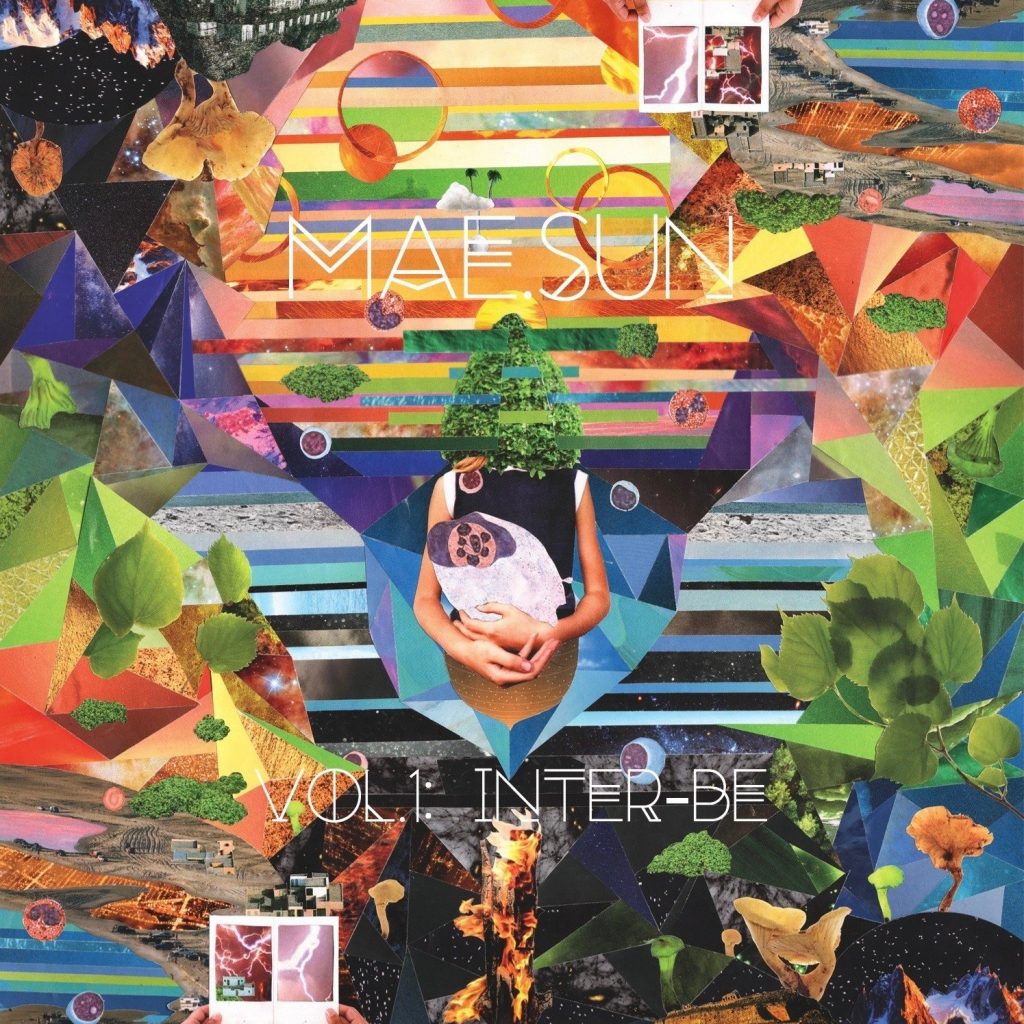
“MAE.SUN is a musical name I’ve been transitioning into for four and a half years,” explains Niswanger. “It’s a slow turnover because I put three albums out as Hailey Niswanger and became known in the jazz world.”
She explains the concept behind the band as an opportunity to avoid fitting into a box. “As a musician, I’m a vessel, I’m a channel,” she explains. Over the course of Vol. 1: Inter-be and Vol. 2: Into the Flow, she displays this. “We were playing gigs in New York and we’d play both volumes. It’s a full concept, bringing back the appreciation for an album rather than singles.” The albums are a pair, down to the colorful artwork by Niswanger’s high school best friend, Anna Holly.
There was even aesthetic consideration when choosing the project’s name. “Hailey Niswanger doesn’t look as good on a festival program as MAE.SUN,” she jokes.
The Side Project
While MAE.SUN is her primary musical outlet, Niswanger is a prolific collaborator. “The Side Project is a saxophone quartet I’ve been in for years,” she says of another combo. “We started playing in the subway in New York City. One of the guys is also a Berklee graduate, so we knew each other from college.”
The Side Project prides itself on unusual interpretations. “We’re not your traditional sax quartet where we do either classical or jazz.” One such arrangement is a gorgeous version of Soundgarden’s “Black Hole Sun.” They imbue the grunge classic with an ecological message. “We found the right vocalist who resonated with that song.”
From Acoustic to Aerophone
Transitioning between styles and projects was useful when exploring Roland’s Aerophone Pro. Speaking about the experience, she says, “It’s funny. There have been electronic wind instruments out for years, but I never played them.” Once again, a receptive attitude came in handy. “When I got the phone call, I learned I only had ten days to sit down with the instrument and get comfortable.”
That the Aerophone resembles a saxophone provided some initial help. “Out of all the electronic winds out there, it’s the most like a saxophone in terms of spreading the keys.” There were still adjustments to make. “It’s different because the nuances of the pads are different. I needed the electronic to be working with me.”
Sounds and Sensitivity
The benefits of the Aerophone Pro revealed themselves quickly. “You can push a thumb pad and it growls. Plus, you can modulate or trigger harmonies.” As a lifelong woodwind player, Niswanger praises the instrument’s sensitive wind sensor. “It can sense if I’m playing softer, the way I’m tonguing and everything. Things I might think I’d miss about playing the saxophone, I didn’t have to.”
The depth of onboard sounds was appealing. “I loved the timpani, synths, and you can’t beat a jazz scat,” she says referring to a sampled vocal setting.
"I’m an aggressive player. I love screaming through my saxophone, bringing the heat, and I could still do that.”

She found that the Aerophone Pro requires the same effort as traditional wind instruments. In fact, the long sessions left her winded, as they would during an acoustic performance. “I was out of breath at the end of those takes,” she recalls happily. “It was amazing because I’m an aggressive player. I love screaming through my saxophone, bringing the heat, and I could still do that.”
Still, the greatest appeal of the Aerophone Pro for Niswanger is pursuing the unknown. “I get to sparkle and shine and throw some glitter with all these other paintbrushes and colors to play with.”
A Transcendent Experience
This attitude is in keeping with her hope to create transcendent art. “I miss playing live shows so much for this very reason,” she says of 2020’s dearth of concerts. “It’s a very spiritual experience for the players and the audience.”
With that in mind, Niswanger has a theory about how wind instruments connect to listeners. “It’s a way to express yourself when you might not have the words—reaching places with vibrations.”
Indeed, no other instruments draw from breath without using words. “Someone might feel understood by a horn player without a conversation,” she reflects. “Then it can mean something different to the person sitting next to them and hit them in a way or bring up a memory.” Summing it up, Niswanger offers some trademark positivity. “But it’s all true—which is awesome.”
